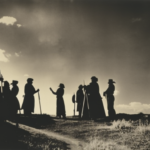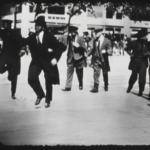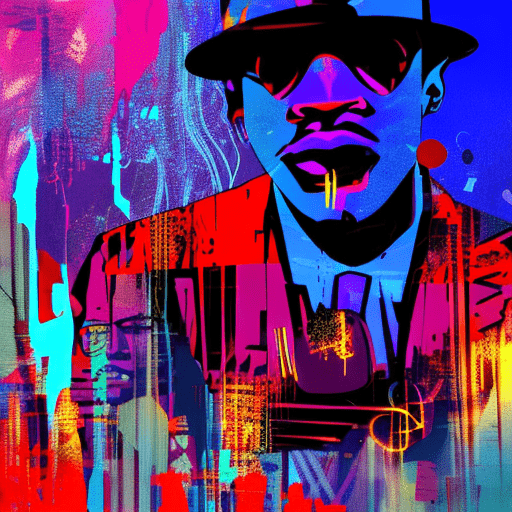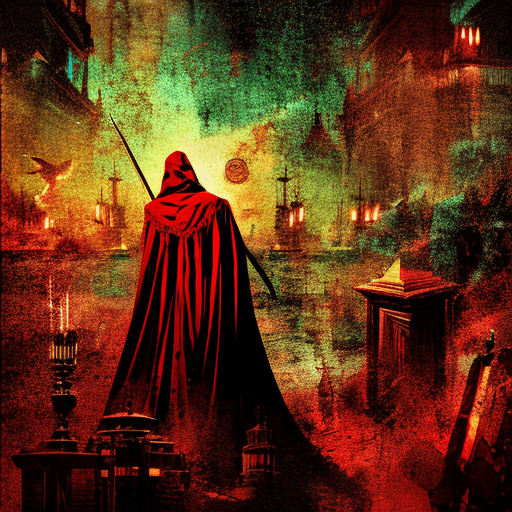One-line Summary:
Half Blood Blues is a captivating novel that explores themes of race, friendship, and betrayal against the backdrop of jazz music in Nazi-occupied Berlin and post-war Europe.
The Story:
Set in the 1930s and 1990s, Half Blood Blues by Esi Edugyan follows the lives of jazz musicians Sid Griffiths and Hieronymus Falk. The story begins in 1992 when Sid, an elderly African American musician, receives news that Hiero, a talented German jazz trumpeter and his friend from their days in Berlin, may still be alive. Sid, haunted by the past, decides to travel to Berlin with his friend Chip to attend a tribute concert for Hiero and hopefully find closure.
The narrative then shifts back to the 1930s, where Sid, Hiero, and their bandmates are struggling to make a name for themselves in the vibrant jazz scene of Berlin. As the Nazis rise to power, their lives take a dark turn. Hiero, who is of mixed race, becomes a target of the regime’s racial policies, and the band is torn apart when Sid betrays Hiero to save himself.
In the present day, Sid and Chip navigate the streets of Berlin, retracing their steps from the past. They meet Ernst, a German journalist who is writing a book about the jazz musicians who were persecuted during the Nazi era. Through their interactions with Ernst and their own reflections, Sid and Chip confront their guilt, regrets, and the complexities of their friendship.
Themes:
Race and Identity:
Half Blood Blues delves into the complexities of race and identity, particularly in the context of Nazi Germany. Hiero’s mixed-race heritage makes him a target of the regime’s racist policies, highlighting the devastating impact of racial discrimination. The novel also explores how race shapes one’s sense of self and how individuals navigate their identities in a hostile environment.
Friendship and Betrayal:
The novel examines the bonds of friendship and the consequences of betrayal. Sid’s decision to betray Hiero during the Nazi era haunts him throughout his life, and the story explores the guilt and remorse he feels. The complex dynamics between Sid, Hiero, and their bandmates reveal the fragility of friendships under extreme circumstances.
The Power of Music:
Music, particularly jazz, serves as a powerful backdrop throughout the novel. It becomes a form of resistance and escape for the characters, offering solace and unity in the face of oppression. The music also serves as a metaphor for the characters’ struggles and aspirations, highlighting the transformative power of art in times of adversity.
Key Takeaways:
- Racial discrimination and persecution have far-reaching consequences, impacting individuals’ lives long after the events have taken place.
- Friendships can be tested and shattered under extreme circumstances, but the bonds formed can still hold significance and offer opportunities for redemption.
- Art, such as music, can serve as a powerful form of resistance and a means of expression in times of oppression.
Memorable Quote:
“Jazz ain’t about making people feel better, it’s about making them feel more, and if it’s in you to feel more, you’ll understand the music.”
In Half Blood Blues, Esi Edugyan weaves a compelling narrative that explores the themes of race, friendship, and betrayal against the backdrop of jazz music in Nazi-occupied Berlin and post-war Europe. Through the story of Sid and Hiero, the novel delves into the complexities of identity, the power of art, and the lasting impact of past actions. The book serves as a poignant reminder of the atrocities committed during World War II and the resilience of the human spirit.












